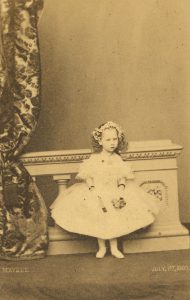
61 Bowdoin Street, Boston, Thursday, 4 May 1865: This day no doubt the weary, restless, and unparalleled funeral march for our beloved President ends in the sealed silence of the tomb, and mortal eyes have looked their last of earth upon the martyred statesman & patriot. At last he rests in peace forevermore, emphatically alone in the glory and the gloom of his immortal story. For where in all history shall we find a man risen from the very people, untrained in the “learning of the schools,” unpolished by the habitude of cultivated society, who could have so nobly acquitted himself in the high station to which God, and the people God-guided, called this true patriot and humbleminded Christian, this far seeing, cautious, yet tenacious statesman, this genial-hearted and merciful man? Continue reading ‘The glory and the gloom’




